SaaS Platform Explainer: Definition, Examples, and How to Grow in the Software as a Service Industry
Stax
JUNE 3, 2025
From CRMs to payment processors, you can connect your favorite tools to create a seamless, customized workflow that boosts efficiency and data accuracy. Embed integrated payments to unlock revenue and retention If your SaaS platform facilitates transactions, integrated payments can be a game-changer.



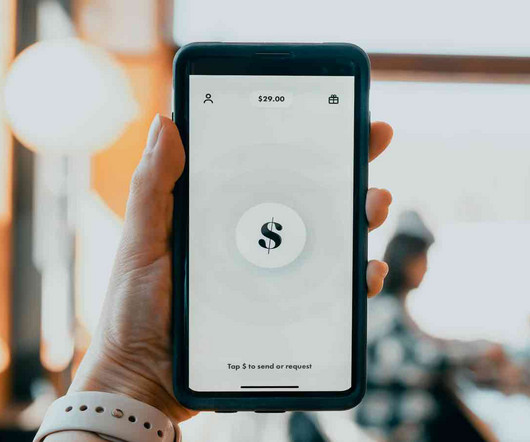






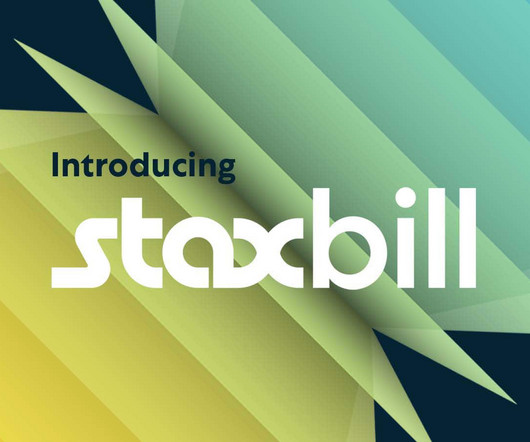
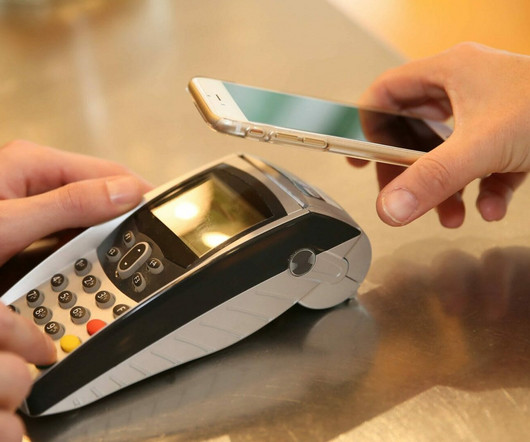










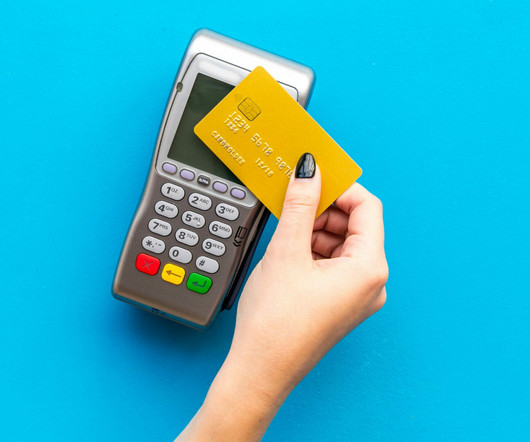













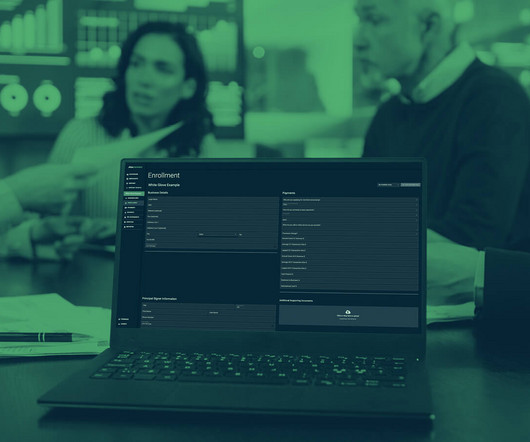






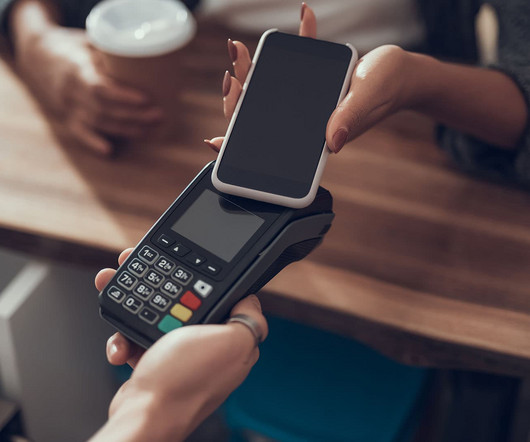









Let's personalize your content